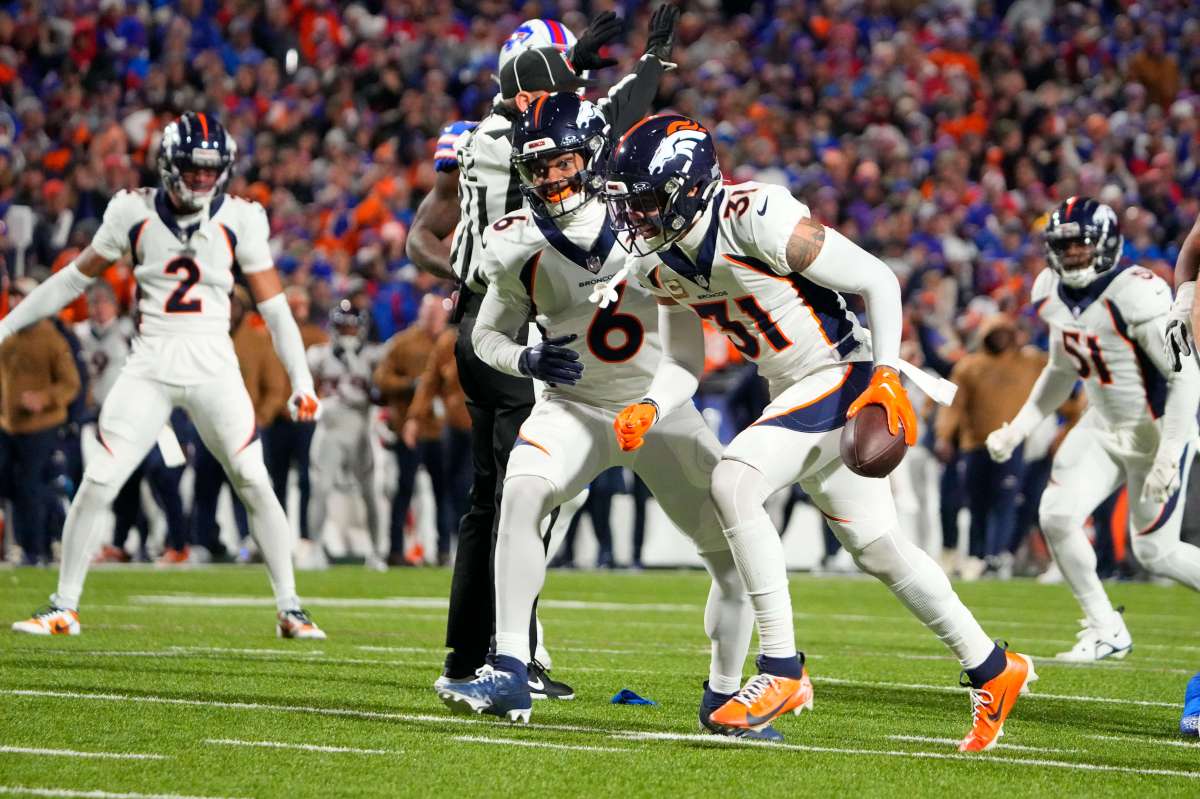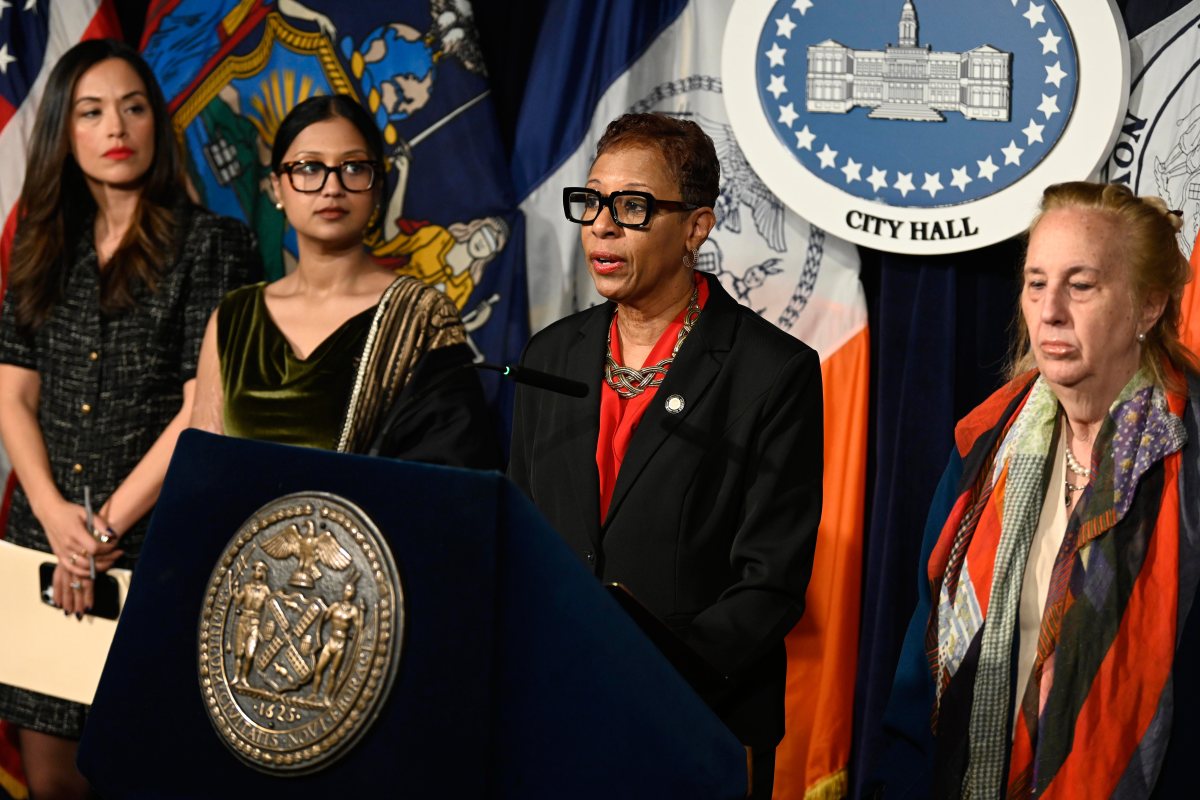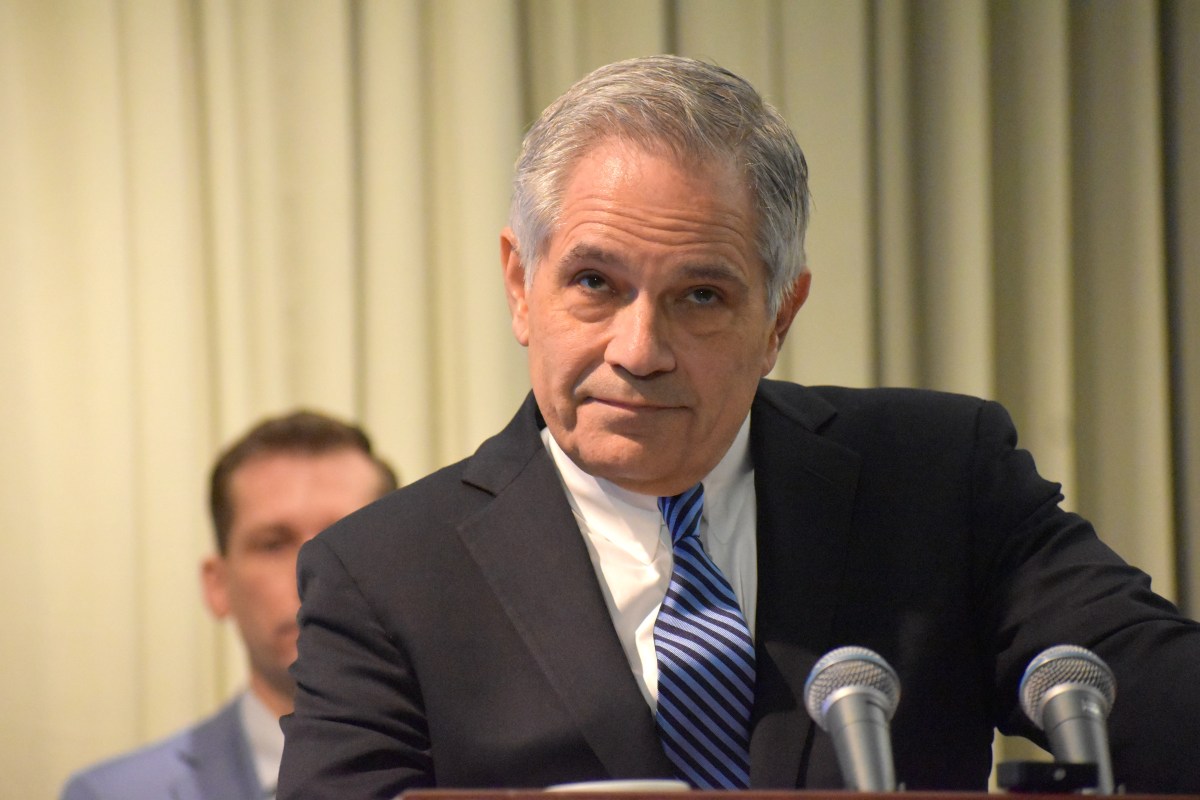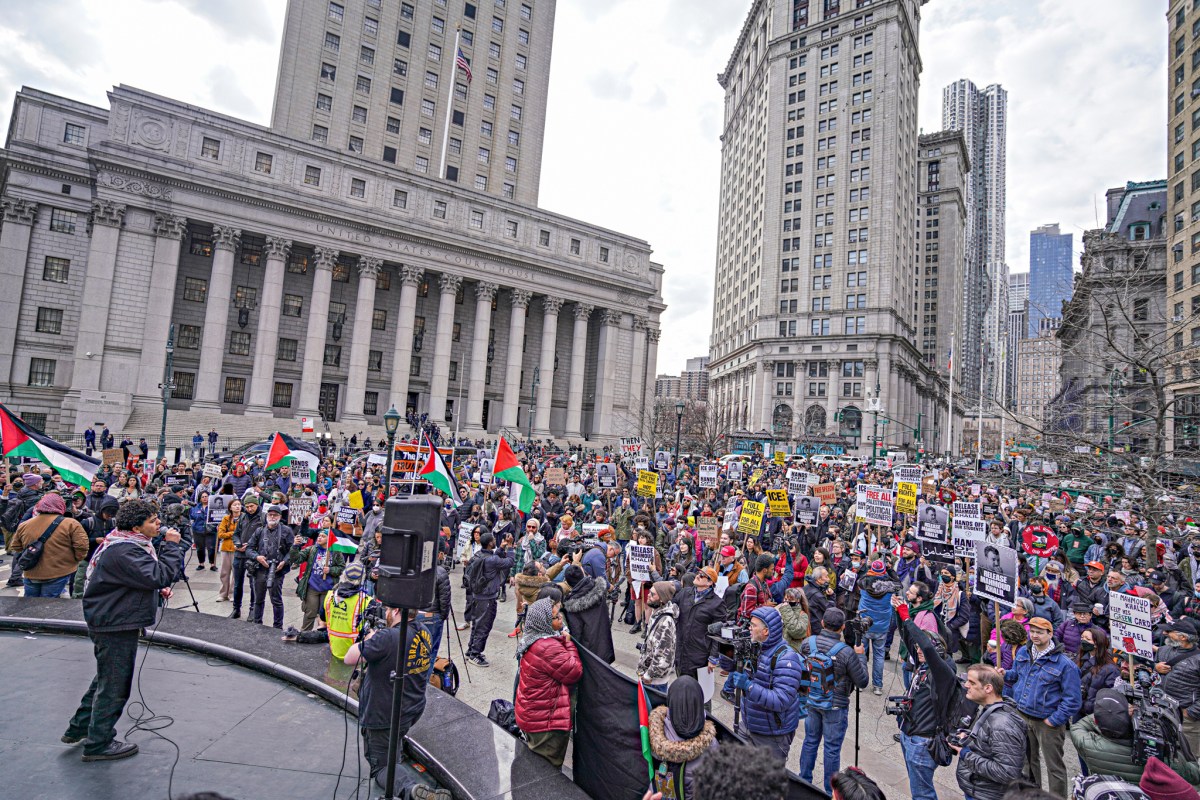By Herbert Lash and Matt Scuffham
NEW YORK (Reuters) – Global equity markets slid on Tuesday and the yield on 10-year U.S. Treasuries fell below 1% for the first time after the Federal Reserve cut interest rates to shield the U.S. economy from the impact of the fast-spreading coronavirus.
Gold prices surged and the dollar sank as markets reacted to the Fed’s surprise cut of the federal funds rate by a half percentage point, to a target range of 1.00% to 1.25%.
Yields on U.S. government debt fell across the board as investors grabbed Treasuries and other safe-have assets, such as gold, amid the uncertainty sparked by the decision to cut rates at an emergency meeting.
Fed Chair Jerome Powell said in a statement that the coronavirus would weigh on the U.S. economy for some time and he believed the central bank’s action would provide “a meaningful boost to the economy.”
The slide in stocks and rise in safe-havens suggested markets found the Fed’s action inadequate to an epidemic that has killed more than 3,000 people worldwide and threatens to significantly slow global growth.
“The Fed’s pre-emptive strike against the coronavirus has backfired,” said Michael Arone, chief investment strategist at State Street Global Advisors in Boston. “The reaction has signaled to the markets that the coronavirus is on par with things like the Great Depression, the technology-media-telecom bubble bursting or the global financial crisis.”
Demand is falling and supply chains have been disrupted, symptoms that lower interest rates do not cure, Arone said.
The unanimous decision by policymakers to cut rates before their next scheduled policy meeting on March 17-18 reflects the urgency with which the Fed felt it needed to act to prevent a potential global recession.
Stocks on Wall Street initially spiked more than 2% on the Fed’s surprise statement. But the Dow Jones industrial average, Nasdaq composite index and S&P 500 reversed course in afternoon trading and each closed down close to 3%.
(GRAPHIC: Coronavirus hit to the world’s financial markets – https://fingfx.thomsonreuters.com/gfx/mkt/13/2777/2742/Pasted%20Image.jpg)
Investors were not expecting a rate cut to come from a Fed emergency meeting, which injected unease into markets because it drew parallels to the global financial crisis, said Kristina Hooper, chief global market strategist at Invesco in New York.
“There was that run-up, then there was this recognition that maybe this is not a good idea, or even worse, maybe this is a sign that things are a lot worse than we thought,” she said.
The fall in the yield of the 10-year Treasury to below 1% suggests diminished growth expectations, especially as the epidemic’s toll on the economy is still unclear, Hooper said.
“Certainly investors should be standing ready, looking for buying opportunities, but this doesn’t feel like a bottom,” she said.
The Fed has little room to maneuver if the coronavirus deepens as a health crisis and pushes the world or United States into recession. The Fed’s target was already low by historical standards before Tuesday’s reduction.
President Donald Trump said his administration was working with Congress to pass an emergency spending measure to ramp up the response to the coronavirus, adding that he expected lawmakers to authorize about $8.5 billion.
The Fed’s announcement largely validated expectations from investors for aggressive policy action, said Candice Bangsund, a global asset allocation strategist at Fiera Capital in Montreal.
“It’s become increasingly clear that policymakers have made stemming the damage from the outbreak a priority, which should help to place a floor under risky assets in the near-term,” Bangsund said.
Shares in Europe rose more than 2% before paring about half their gains. MSCI’s all-country world index also had rallied before retreating by more than 1%.
The Group of Seven finance officials said in Tokyo they would use all appropriate policy tools to achieve strong, sustainable global growth and safeguard against downside risks posed by the coronavirus.
The Fed’s rate cut and the G7 statement came after global stocks last week suffered their worst rout in a decade on fears that disruptions from the epidemic to supply chains, factory output and global travel could seriously slow the world economy.
“The G7 is essentially trying to reassure markets but it doesn’t have the ability to really impact interest rates directly,” said Randy Frederick, vice president of trading and derivatives for Charles Schwab in Austin, Texas.
MSCI’s gauge of stocks across the globe shed 1.18% and emerging market stocks rose 1.10%.
The pan-European STOXX 600 index rose 1.37%
The Dow Jones Industrial Average fell 785.91 points, or 2.94%, to 25,917.41, the S&P 500 lost 86.86 points, or 2.81%, to 3,003.37 and the Nasdaq Composite dropped 268.08 points, or 2.99%, to 8,684.09.
Gold surged. U.S. gold futures settled 3.1% higher at $1,644.40 an ounce.
The dollar slid across the board. The dollar index fell 0.4%, with the euro up 0.4% to $1.1177. The Japanese yen strengthened 1.02% versus the greenback at 107.24 per dollar.
Oil prices closed mixed.
Brent crude fell 4 cents a barrel to settle at $51.86, off a session high of $53.90 hit immediately after the rate cut. U.S. West Texas Intermediate (WTI) added 43 cents a barrel to settle at $47.18, after trading as high as $48.66 a barrel.
(Reporting by Herbert Lash and Matt Scuffham; Additional reporting by Caroline Valetkevitch; Editing by Richard Chang and Leslie Adler)






















